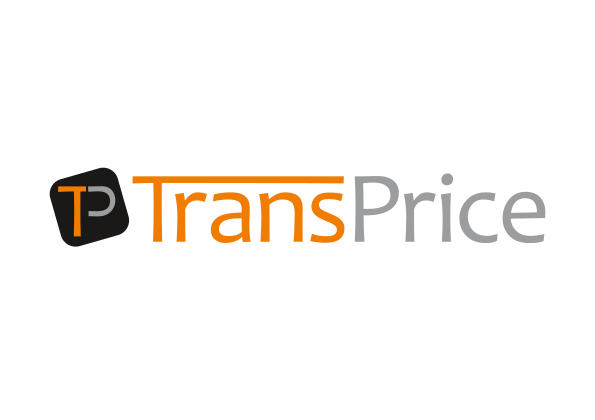The transfer pricing documentation requirements in Singapore are outlined in the Transfer Pricing (TP) Guidelines issued by the Inland Revenue Authority of Singapore (IRAS). Here are the key points regarding documentation:
1. Contemporaneous Documentation: Taxpayers should maintain contemporaneous and robust documentation that demonstrates their compliance with the arm’s length principle. The documentation should be kept in a timely manner and provide sufficient detail to support the transfer pricing analysis.
2. Type of Documentation: The documentation should be organized into group-level and entity-level information. Group-level information includes details such as organization charts, business models, industry dynamics, intangibles, and financial statements. Entity-level information includes organizational charts, management structure, economic conditions, related party transactions, contracts or agreements, functional analysis, and transfer pricing analysis.
3. Transfer Pricing Analysis: The transfer pricing analysis should include the choice of transfer pricing method, comparability analyses, details of comparability adjustments, computation of the arm’s length price or margin, and supporting details for the arm’s length range if used. Segmented financial accounts relating to the transaction and the operational results of the tested party should also be included.
4. Review and Retention: The documentation should be reviewed periodically and updated as necessary. Taxpayers are advised to retain the documentation for at least five years from the end of the relevant assessment year. It is also recommended to maintain the documentation in case of a transfer pricing audit or if the taxpayer is involved in a Mutual Agreement Procedure (MAP) process.
5. Submission and Request for Documentation: There is no requirement to submit documentation with tax returns. The IRAS may request documentation during compliance or audit activities. Taxpayers should be prepared to provide the documentation when requested by the IRAS. The IRAS has the authority to issue a notice requesting documentation to be submitted within 30 days.
6. Penalties and Consequences of Inadequate Documentation: Failure to maintain adequate documentation may result in transfer pricing adjustments, double taxation risks, difficulty in obtaining a corresponding adjustment, or rejection of a MAP application. The IRAS can impose penalties for non-compliance with documentation requirements, with fines of up to SGD 10,000 per violation.
7. Three-Tiered Documentation Structure: While Singapore does not specifically adopt the OECD terminology, the transfer pricing documentation in Singapore is organized at the group and entity levels, similar to the OECD’s local file and master file concepts. The content and requirements for local-level and group-level documentation are aligned with the OECD guidelines. Additionally, Singapore has implemented Country-by-Country (CbC) reporting for qualifying multinational enterprises.
8. Deadlines: Transfer pricing documentation should be prepared no later than the time for the tax return filing. Upon request by the IRAS, taxpayers must submit the documentation within 30 days. The CbC report must be submitted within twelve months after the end of the accounting period.
It’s important for taxpayers to comply with these documentation requirements and keep updated with any changes or new guidelines issued by the IRAS. Seeking professional advice from tax experts can help businesses ensure their transfer pricing documentation is comprehensive and in line with Singapore’s regulations.
